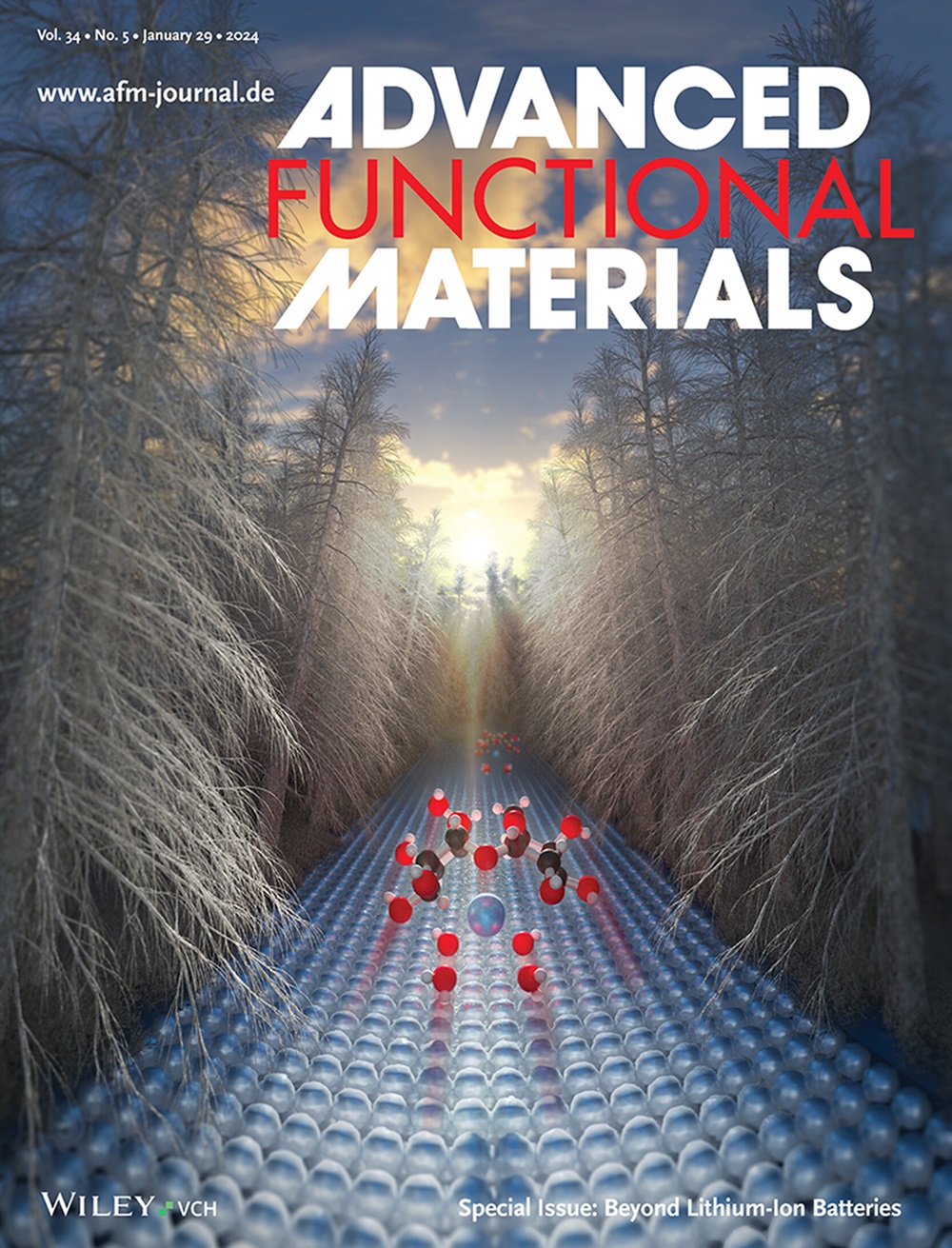A DNA Nanomachine Reverses Mitochondrial Dysfunction by Cascaded Drug Release to Treat Osteoarthritis
IF 18.5
1区 材料科学
Q1 CHEMISTRY, MULTIDISCIPLINARY
引用次数: 0
Abstract
Mitochondrial dysfunction in chondrocytes is closely associated with osteoarthritis (OA) progression. However, the underlying mechanism remains elusive, and targeted OA therapies are lacking. Here, it is demonstrated that mitochondrial calcium (mito-Ca2+) content and energy metabolism are dysregulated in OA. Accordingly, a DNA nanomachine (DNM) is developed for OA treatment by reversing the mitochondrial dysfunction. The DNM used a programmable tetrahedral framework and incorporated dual targeting, switching, and therapeutic motifs. The targeting motifs contained a collagen II-targeting peptide and an adenosine triphophate (ATP) aptamer to enable precise delivery into cartilage and mitochondria, respectively. Overexpressed matrix metalloproteinases (MMPs) in OA microenvironment triggered the MMP-cleavable peptide switch and induced the release of mitochondrial open reading frame of the 12S rRNA-c to promote ATP production. This result further triggered the release of DS16570511 conjugated to a sequence partially hybridized with ATP aptamer, inhibiting mito-Ca2+ uniporter and mitigating mito-Ca2+ overload under chronic inflammation. By leveraging sequential roles in delivery targeting, switch triggering, and therapeutic release, the DNM synergistically promoted cellular energy metabolism, inhibited mito-Ca2+ overload, and maintained extracellular matrix homeostasis. Consequently, cartilage degradation is significantly delayed in an OA model after treatment. This approach paves avenues for developing novel strategies to combat OA progression.

求助全文
约1分钟内获得全文
求助全文
来源期刊

Advanced Functional Materials
工程技术-材料科学:综合
CiteScore
29.50
自引率
4.20%
发文量
2086
审稿时长
2.1 months
期刊介绍:
Firmly established as a top-tier materials science journal, Advanced Functional Materials reports breakthrough research in all aspects of materials science, including nanotechnology, chemistry, physics, and biology every week.
Advanced Functional Materials is known for its rapid and fair peer review, quality content, and high impact, making it the first choice of the international materials science community.
 求助内容:
求助内容: 应助结果提醒方式:
应助结果提醒方式:


